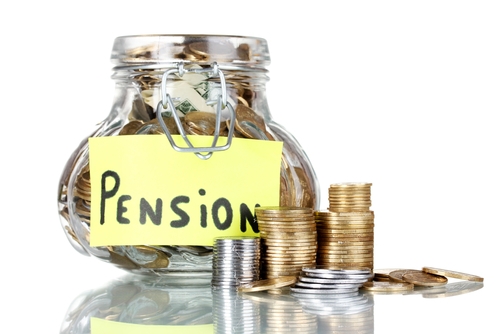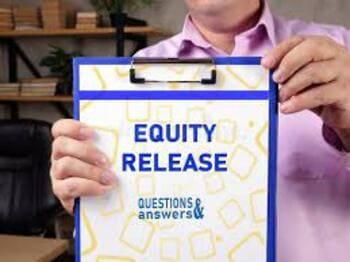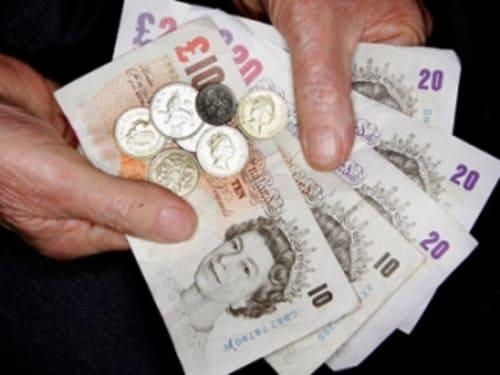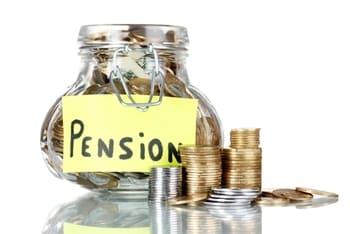Changes introduced by the UK government in April 2015 gives people more choice over how and when they can take money from their pension pot. We strongly advise people to take the time to fully understand the options to them and get advice from a professional to ensure the decisions they take now will provide them with a decent income throughout their retirement. In this article, we look at an increasingly popular option – the income drawdown pension.

The Basics
An income drawdown pension allows people, from the age of 55 or over, to withdraw money from their pension pot. To qualify for an income drawdown scheme they need be paying into a "defined contribution pension", either via their employer or a recognised scheme they have set up yourself.
A drawdown pension is a very simple product that allows people to continue investing their pensions in the stock market after they have retired but gives them the ability to withdraw money from it when they need to.
Most drawdown pensions are invested in major stock markets like the FTSE 100 and so, if all goes well, growth in the value of their investments will occur which will allows their pension pot to grow over time. The risk, as with all stock market investments, is that the value of their pot could decrease, at least in the short term. Most investment professionals will advise that a long-term investment strategy will always increase the value of a pension pot, but people can face short to medium term shocks, such as the financial crisis of 2008. It is also important to ensure that growth is higher than inflation, otherwise, the overall value of their pension will fall in real terms.
Types Of Drawdown
Flexi-access
This new type of drawdown pension was introduced in April 2015 and puts no caps on how much money people can take from their drawdown pension pot.
A flexi-access scheme gives people the option, to withdraw 25% from their pension pot up front, without paying any tax. They then have complete freedom to choose when and how they take out the rest of their pension pot. They could choose to withdraw it as a single lump sum or in multiple smaller chunks as required or they could choose to take regular payments on a monthly, quarterly or annual basis. It is incredibly flexible based on an individual's circumstances.
Tax Rules On Income Drawdown Pensions
Drawdown pension holders will not be liable for any tax on 25% of their pension pot. Any additional withdrawals will be subject to standard income tax rules;
- No tax on their personal allowance (£11,500) if there are no other sources of income
- The next £32,000 is charged at 20%
- Anything above £43,000 is charged at 40%
- Anything above £150,000 is charged at 45%
So taking lump sums of £11,500 per year incurs no tax liability (assuming no other sources of income). If however the person withdraws a single lump sum £45k and they have no other sources of income, they would pay a total of £7,200 in income tax.
Capped Drawdown
A capped drawdown pension put limits on how much individuals can withdraw from their pensions and was only available before April 2015. These government limits are set at 1.5 times the payout the individual would have got from an annuity pension. We would recommend an Income Drawdown Pension to a customer if;
- They wish to continue to grow their pension pot by investing it in the stock market.
- They want the freedom to take out money when it suits them.
- They want the flexibility to withdraw varying amounts year by year.
- They want control over your tax bill.
We would probably not recommend an Income Drawdown Pension to a customer if;
- They prefer a stable income each year.
- They are concerned that their pension may not last through retirement.
- They are not comfortable being exposed to stock market fluctuations.
- They do not want to pay large fees.
Other Things To Consider
Income Drawdown Plans After Death
The income tax payable on the remainder of a pension pot when the retiree passes away has come down from its previous level of 55%. These so-called "death benefits" are explained below.
If the individual passes away before they turn 75, their next of kin or chosen recipient (it should be explained that individuals have the flexibility to leave their pension to anyone they choose, not just their husband/wife or children) can inherit the pension funds tax-free. Again, this can be withdrawn as regular income or a single payment. Should the individual pass away after 75 their chosen recipient will be liable for regular income tax rates if they choose to take payments regularly or for a fixed 45% tax rate should they choose to take the pension pot in a single chunk. To avoid any confusion over who should receive a retiree's pension fund it is important for the individual to fill in the necessary paperwork available from their pension provider.
What If The Drawdown Pension Is From Before 2015?
Any flexible drawdown schemes set up before 2015 were converted to the new flexi-access plan in 2015.
If the individual is a member of a capped scheme set up prior to April 2015, they have the choice of staying as they are, with a capped drawdown plan or they can choose to move it over to a new flexi-access scheme. While nobody can sign up for a new capped drawdown plan post April 2015, the government will not force anyone who is happy with their current plan to change against their will.
Setting Up A Drawdown Pension Scheme
Not everyone can access income drawdown pensions via their employers which means they will have to move it from their existing provider to one that offers a drawdown pension option. One common strategy is to move their pension into a SIPP and then convert that into a drawdown scheme.





